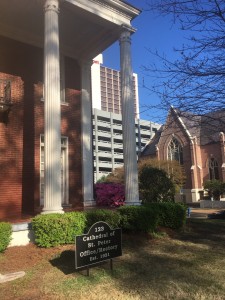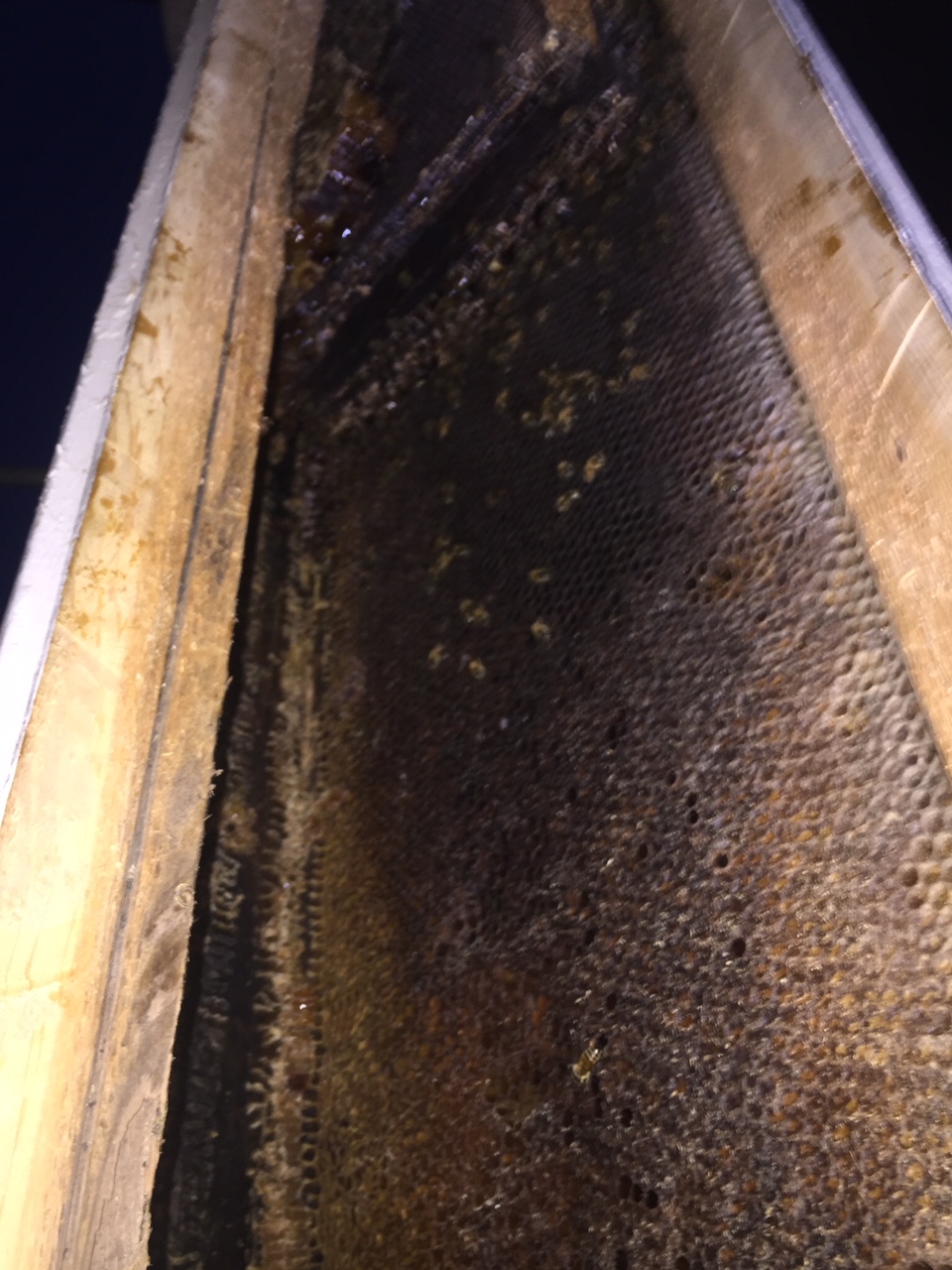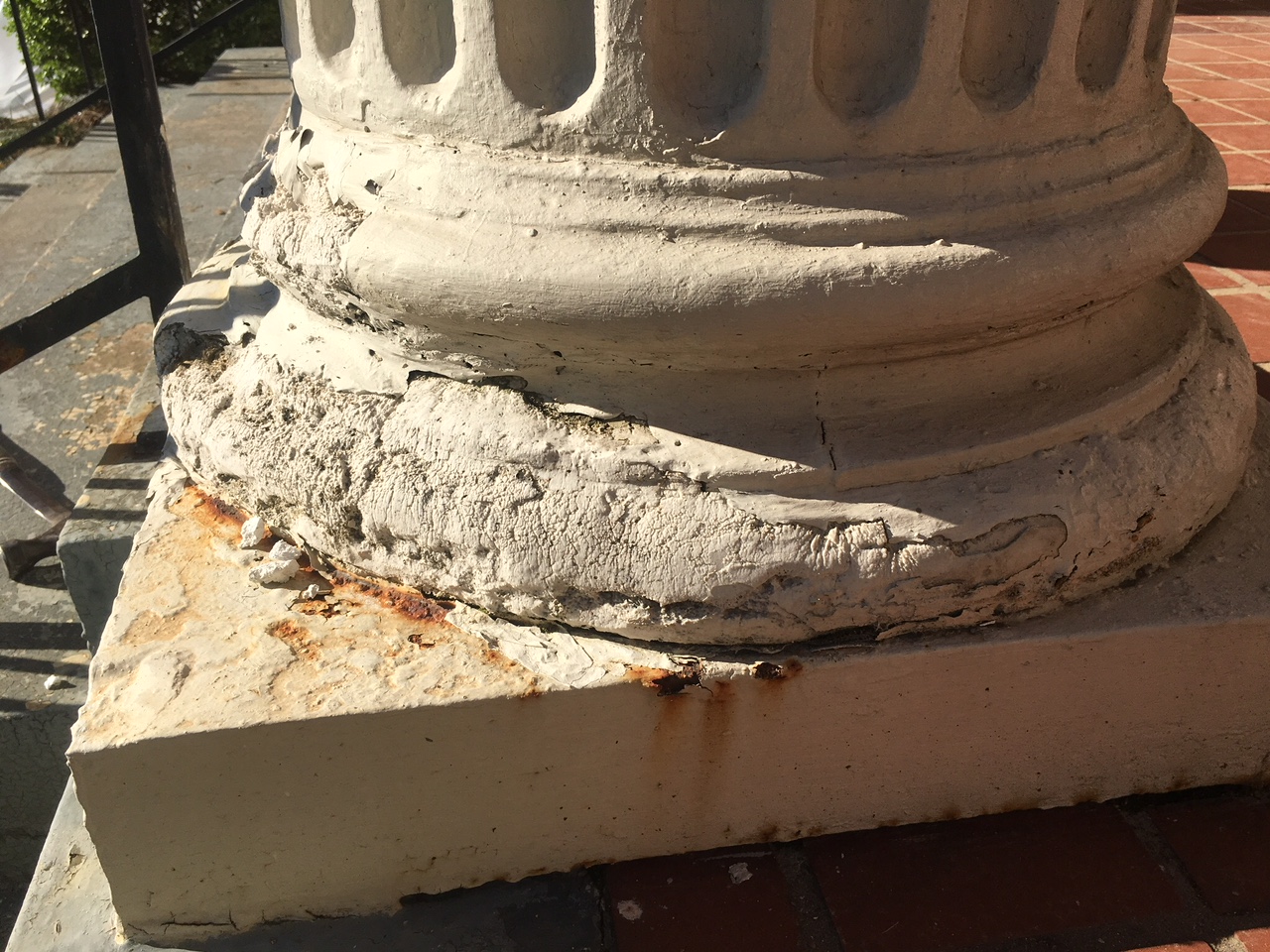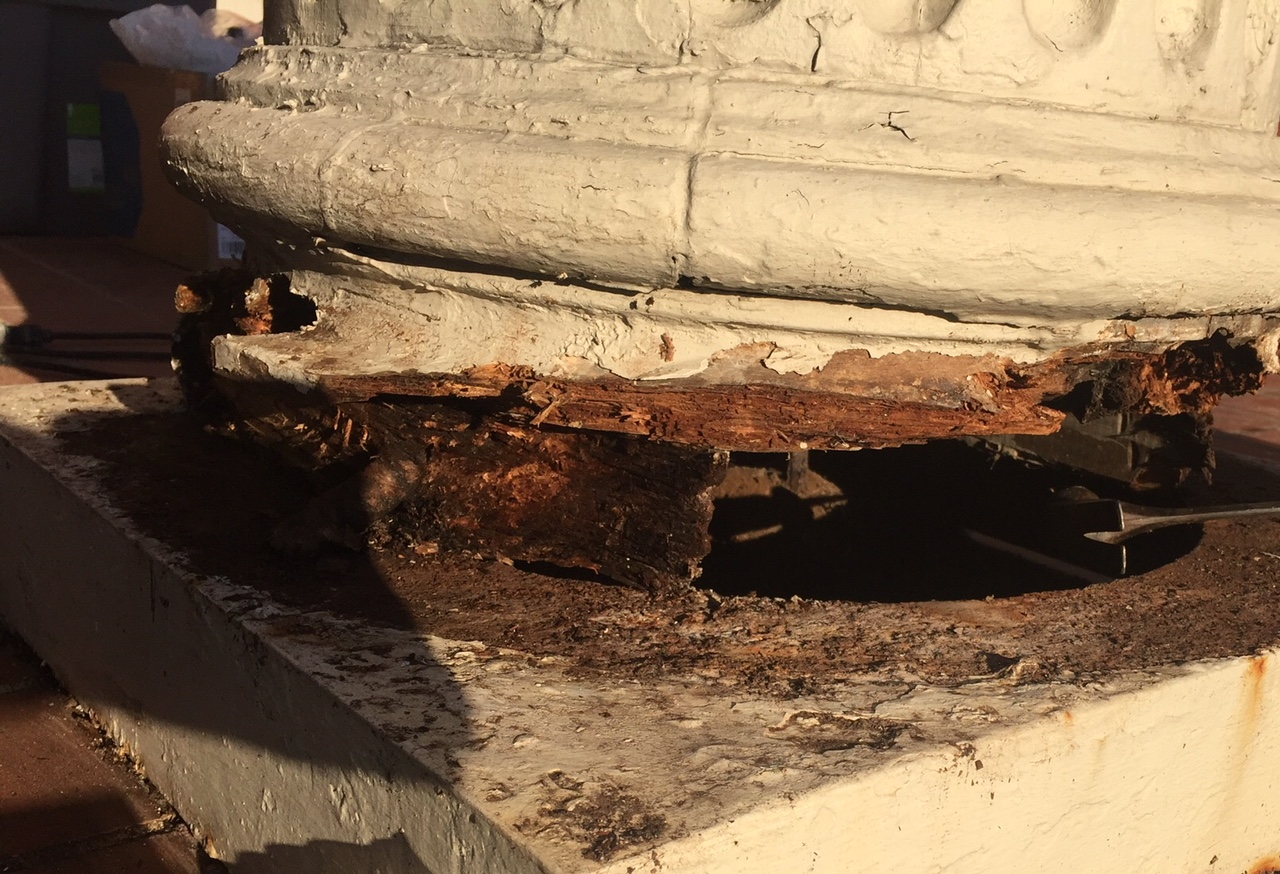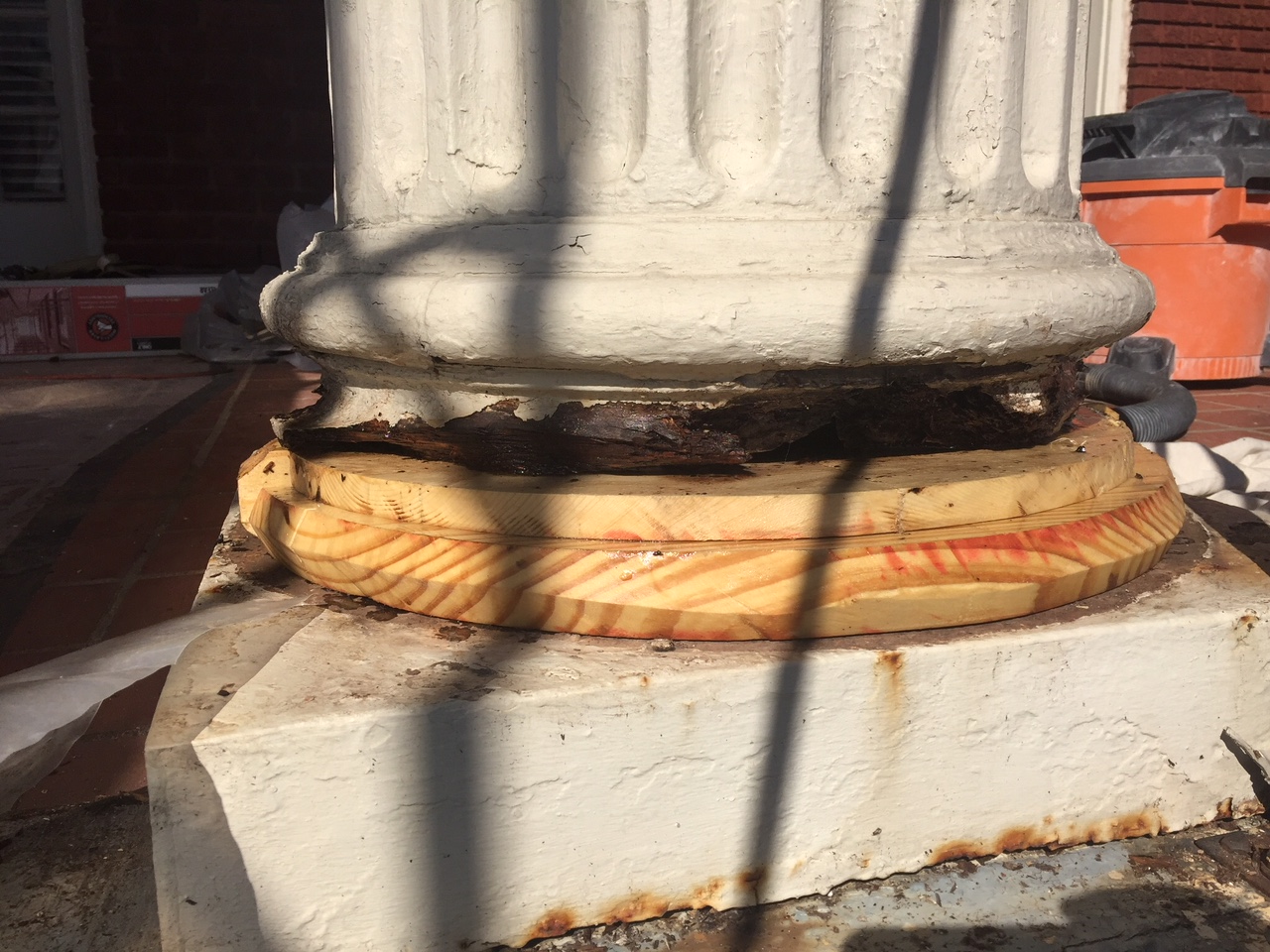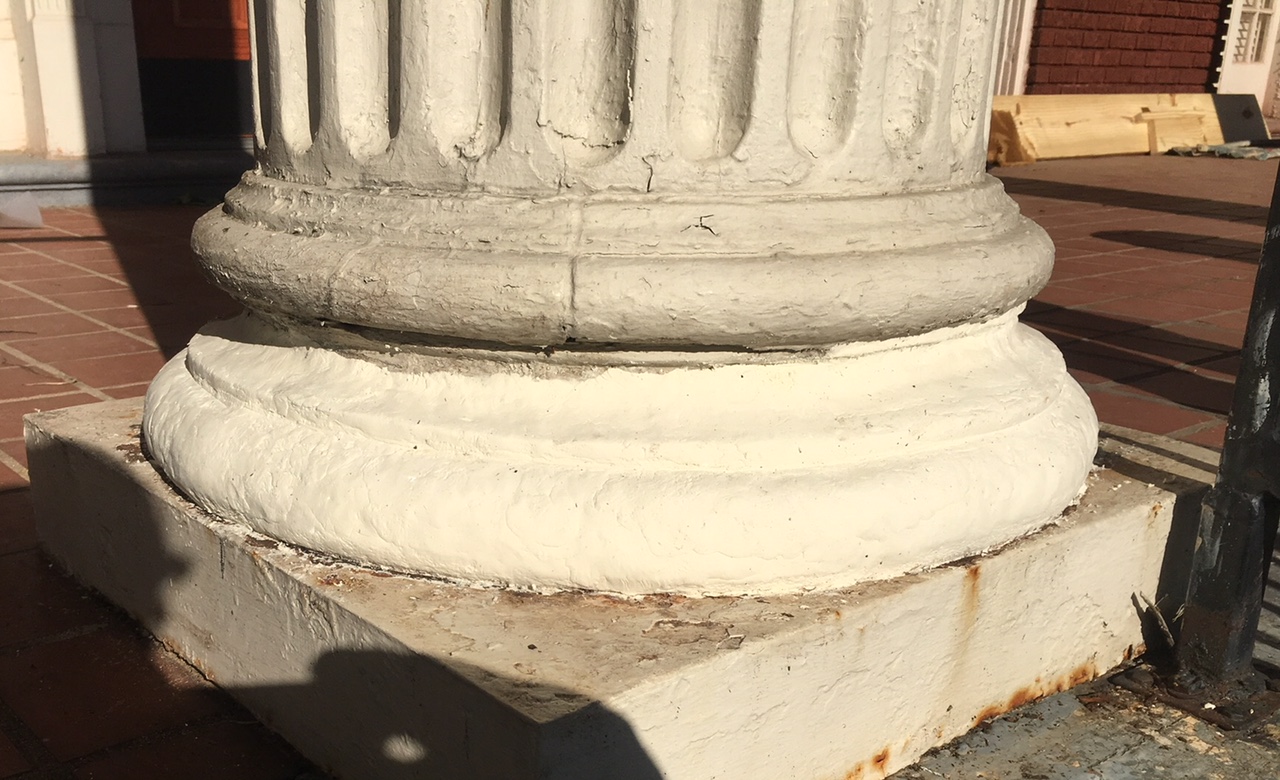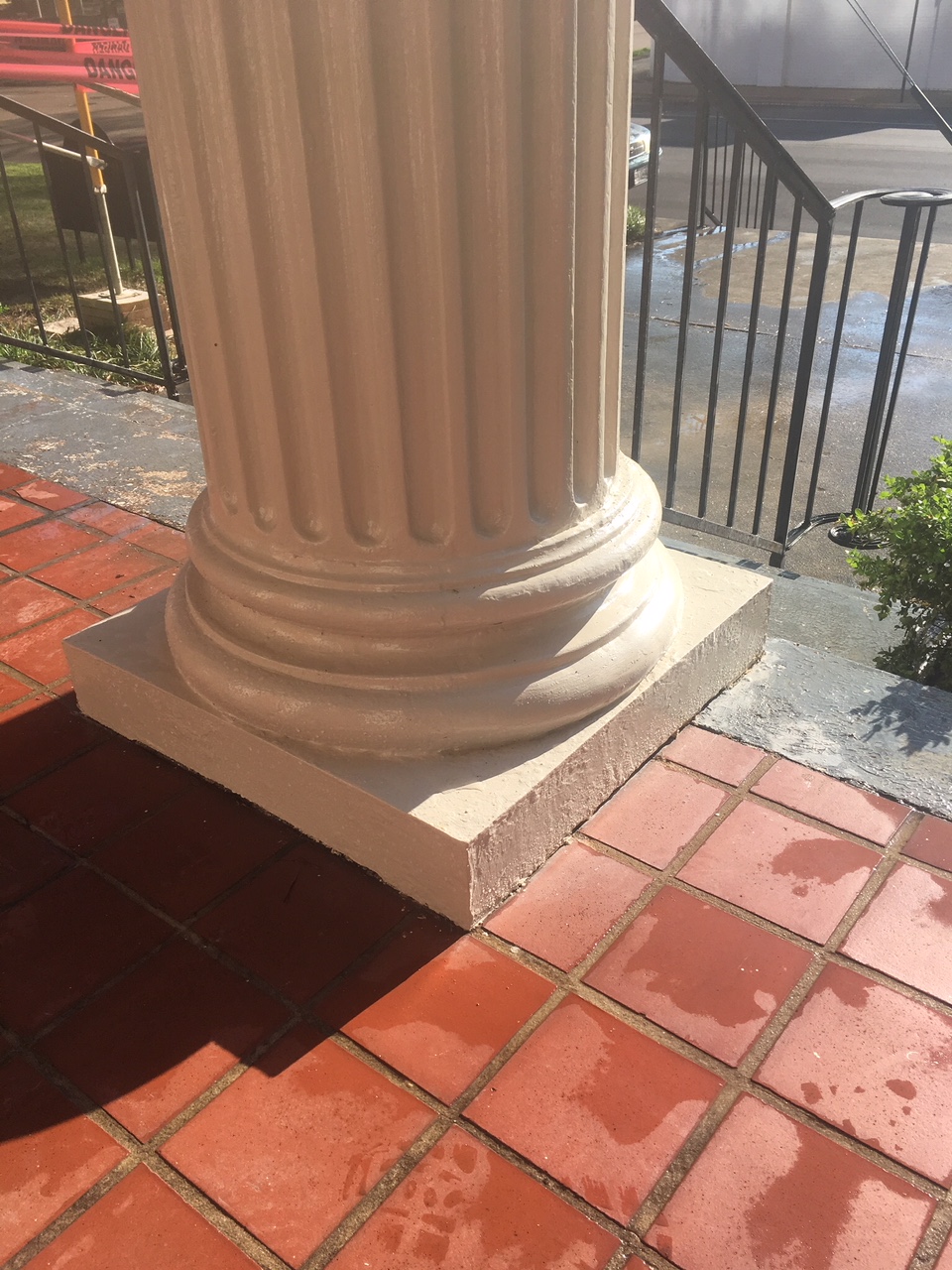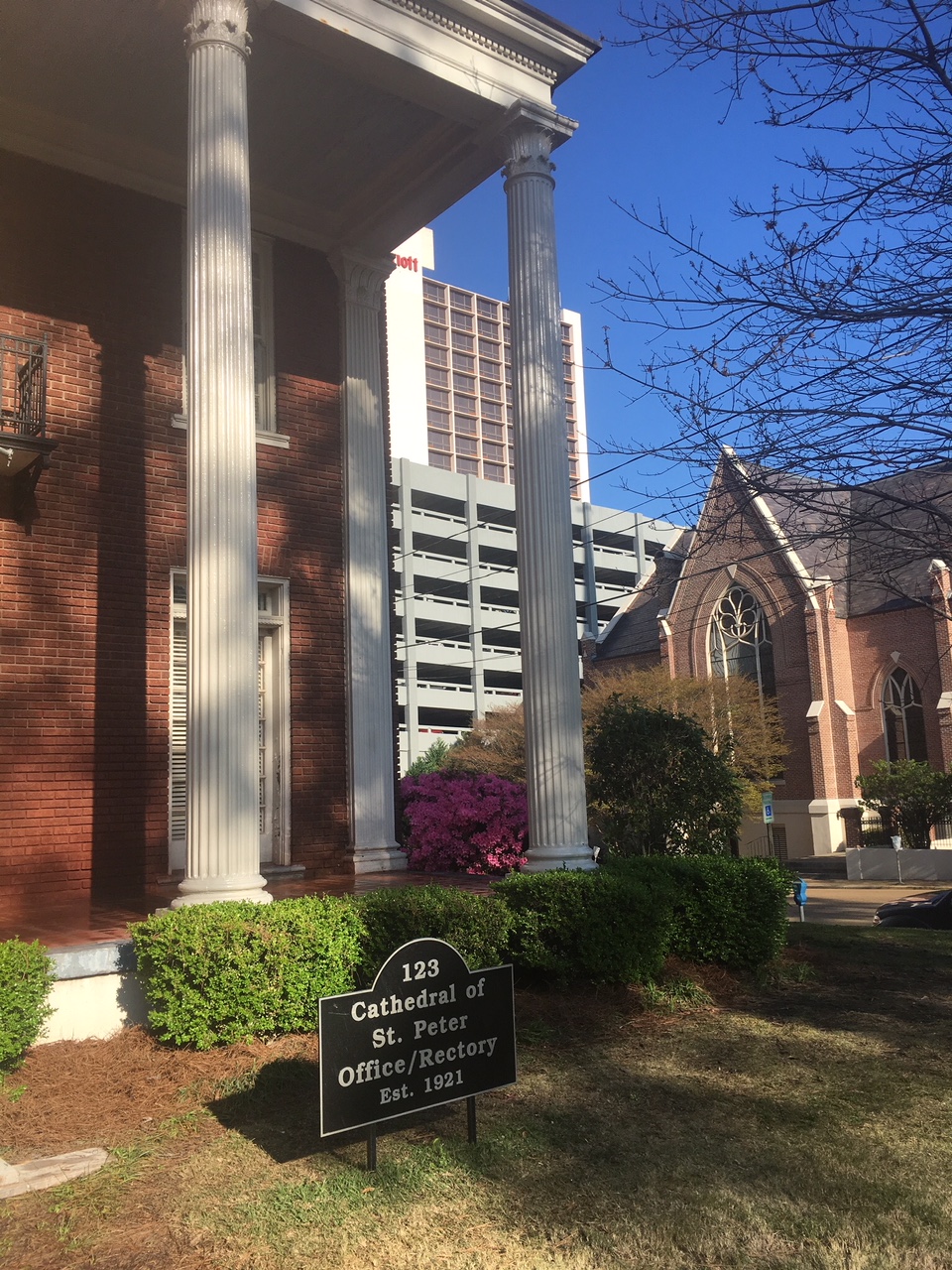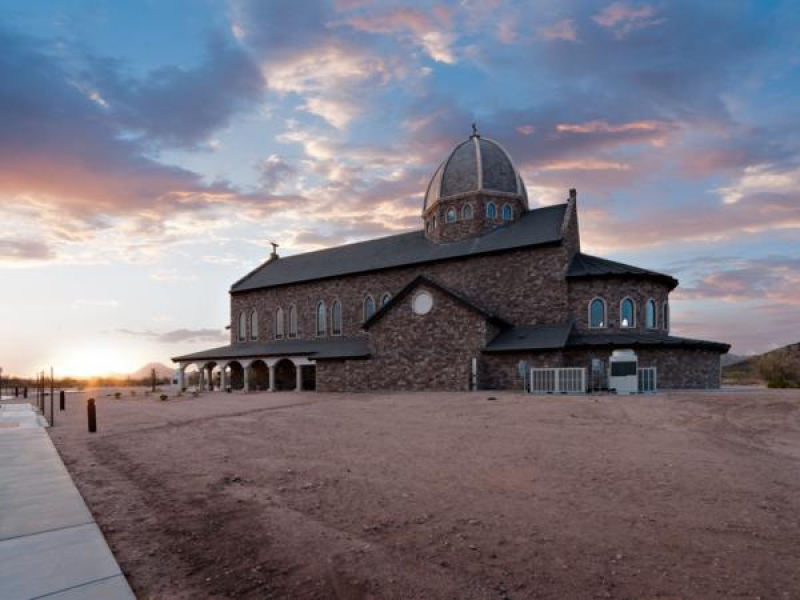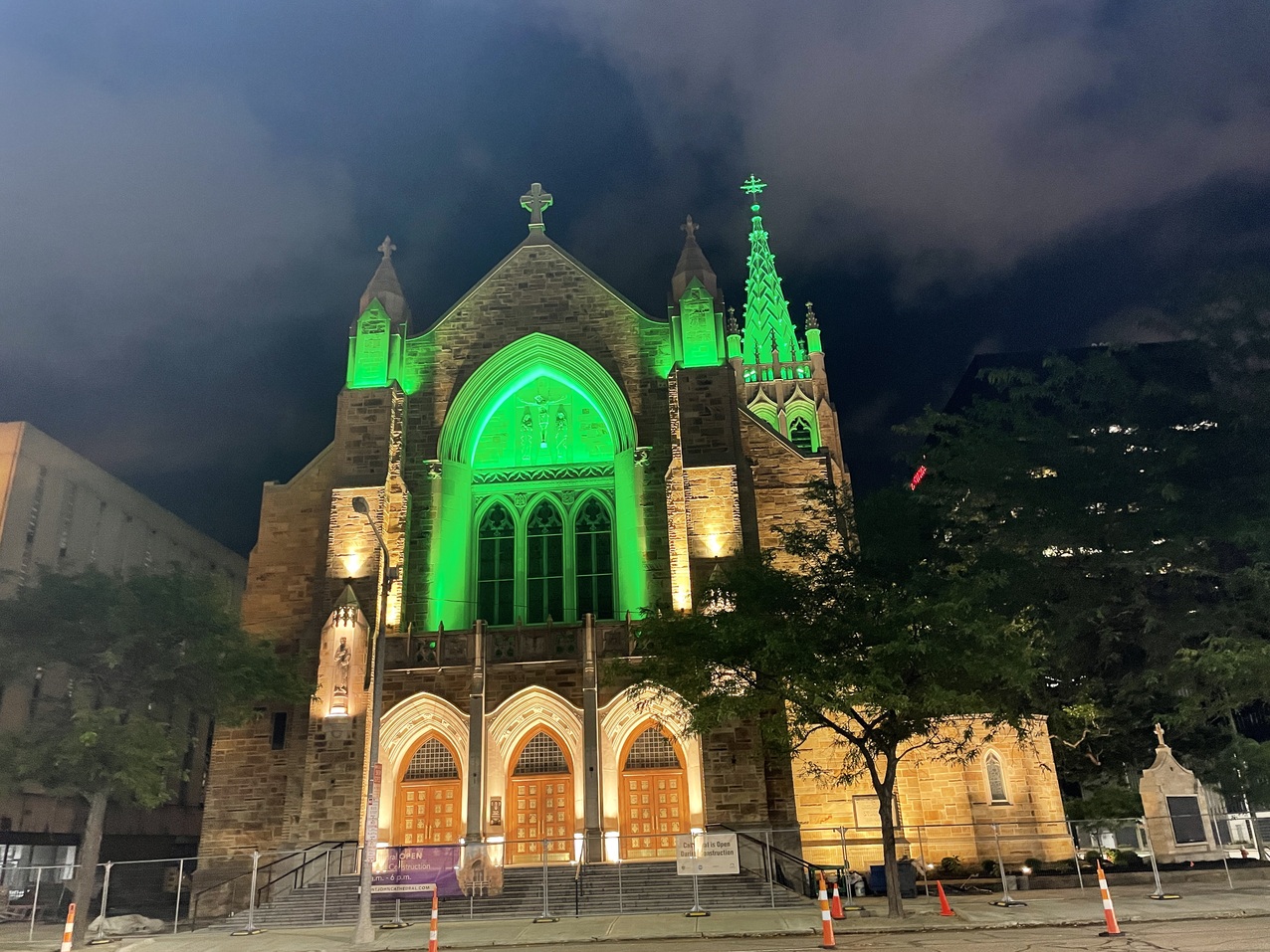We all have bees and know we need bees, but they can present a problem. Here’s how St. Peter’s Cathedral in Jackson, Mississippi, helped save the bees and their structure.
The Cathedral of St. Peter was home to a hive of endangered bees. Under the guidance of a local beekeeper, Durable Restoration was contracted with to cut out a section of the church’s column to provide access to the Italian bees. Donning protective hats, suits and gloves, the beekeeper and Durable Restoration employees kept the 6-foot hive intact for transportation from the site.
“We’ve built a relationship with this church,” said Brad Brobeck, a Durable Restoration branch manager. “When we run into situations like this, we work with the community to handle the situation responsibly. And so, we are preserving the building and protecting an essential part of nature.”
Local beekeeper Michael Everett transported the bees to the Truck Crops Branch of Mississippi State University’s Agricultural and Forestry Experiment Station in Crystal Springs, Miss.
“Bees are more than just pests. They’re important to the agricultural community,” said Everett, a certified beekeeper who has more than 13 years of experience. “Crop farmers rely on bees for pollination; you can’t grow anything without bees.”
While the complete restoration of the church is still months away, St. Peter’s Office Manager, Traci Avalon, has been pleased with the progress thus far.
“From the people in the office to the field crews, I couldn’t ask for any better people to work with,” Avalon said.
Aside from the repair of the church’s six exterior columns, Durable Restoration’s scope of work will include exterior masonry repairs of the chimney and portions of the walls. Durable Restoration’s sister company Durable Slate will take on repairs of the tile roof, which will include installation of a tile and metal underlayment. Coppersmiths will also custom fabricate and solder vent boots and a section of the roof’s valley.
Avalon said she chose Durable Restoration and Durable Slate because of their previous work on the church’s steeple several years ago. “We’re all about history down here,” Avalon said. “And this church is part of that, we’re really proud to maintain it for future generations.”
Father Charles Oliver Sr., St. Peter’s first American-born pastor, built the present church of modified Gothic design on June 3, 1900.



